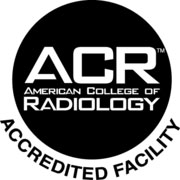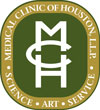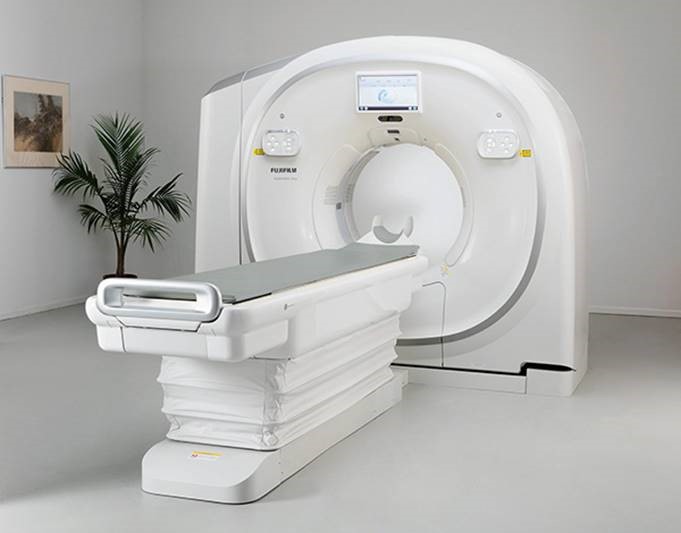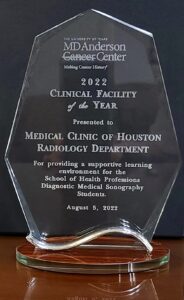3D™ mammography imaging technology or Tomosynthesis improves the ability of mammography to detect early breast cancers, and decreases the number of women “called back” for additional tests for findings that are not cancers.
It delivers a more comfortable mammogram while maintaining clinical accuracy by providing our physicians with the industry’s fastest, highest resolution 3D™ images to accelerate screening and analysis.
3D™ mammography offer the SmartCurve breast stabilization system, which is clinically proven to deliver a more comfortable mammogram without compromising image quality, workflow or dose[i], and the new Clarity HD high-resolution 3D™ imaging technology, which provides radiologists with the highest resolution 3D™ images2 to help identify cancers early. These innovations come as part of MCH’s ongoing commitment to superior breast cancer detection and providing an improved mammogram experience for our patients. The technology increases diagnostic confidence with its exceptional images and has the potential to increase screening volume and compliance for the countless women who have reported avoiding regular mammograms due in large part to the fear of discomfort associated with breast compression.
The SmartCurve system and Clarity HD high-resolution 3D™ imaging technology are available exclusively with Hologic’s Genius™ 3D Mammography™ exam, which is currently in use by MCH and detects more invasive cancers, reduces false positives, and is FDA approved as superior, compared to conventional 2D mammography for all women, including those with dense breasts.3,4,5
[i] Smith, A. Improving Patient Comfort in Mammography. Hologic WP-00119 Rev 003 (2017).
2 Data on file and from public sources, 2017
3 Results from Friedewald, SM, et al. “Breast cancer screening using tomosynthesis in combination with digital mammography.” JAMA 311.24 (2014): 2499-2507; a multi-site (13), non-randomized, historical control study of 454,000 screening mammograms investigating the initial impact the introduction of the Hologic Selenia® Dimensions ® on screening outcomes. Individual results may vary. The study found an average 41% (95% CI: 20-65%) increase and that 1.2 (95% CI: 0.8-1.6) additional invasive breast cancers per 1000 screening exams were found in women receiving combined 2D FFDM and 3D™ mammograms acquired with the Hologic 3D Mammography™ system versus women receiving 2D FFDM mammograms only.
4 Bernardi D, Macaskill P, Pellegrini M, et. al. Breast cancer screening with tomosynthesis (3D mammography) with acquired or synthetic 2D mammography compared with 2D mammography alone (STORM-2): a population-based prospective study. Lancet Oncol. 2016 Aug;17(8):1105-13.
5 U.S. Food & Drug Administration Premarket Approval (PMA). FDA.gov https://www.accessdata.fda.gov/scripts/cdrh/cfdocs/cfpma/pma.cfm?id=P080003 accessed June 5, 2017.
 Are you searching for an Imaging Center near me in Houston, TX? Located on the first floor of the Clinic, the Diagnostic Imaging Services Department, also known as Radiology, offers a variety of imaging modalities to assist your physician in evaluating and diagnosing your health.
Are you searching for an Imaging Center near me in Houston, TX? Located on the first floor of the Clinic, the Diagnostic Imaging Services Department, also known as Radiology, offers a variety of imaging modalities to assist your physician in evaluating and diagnosing your health.

